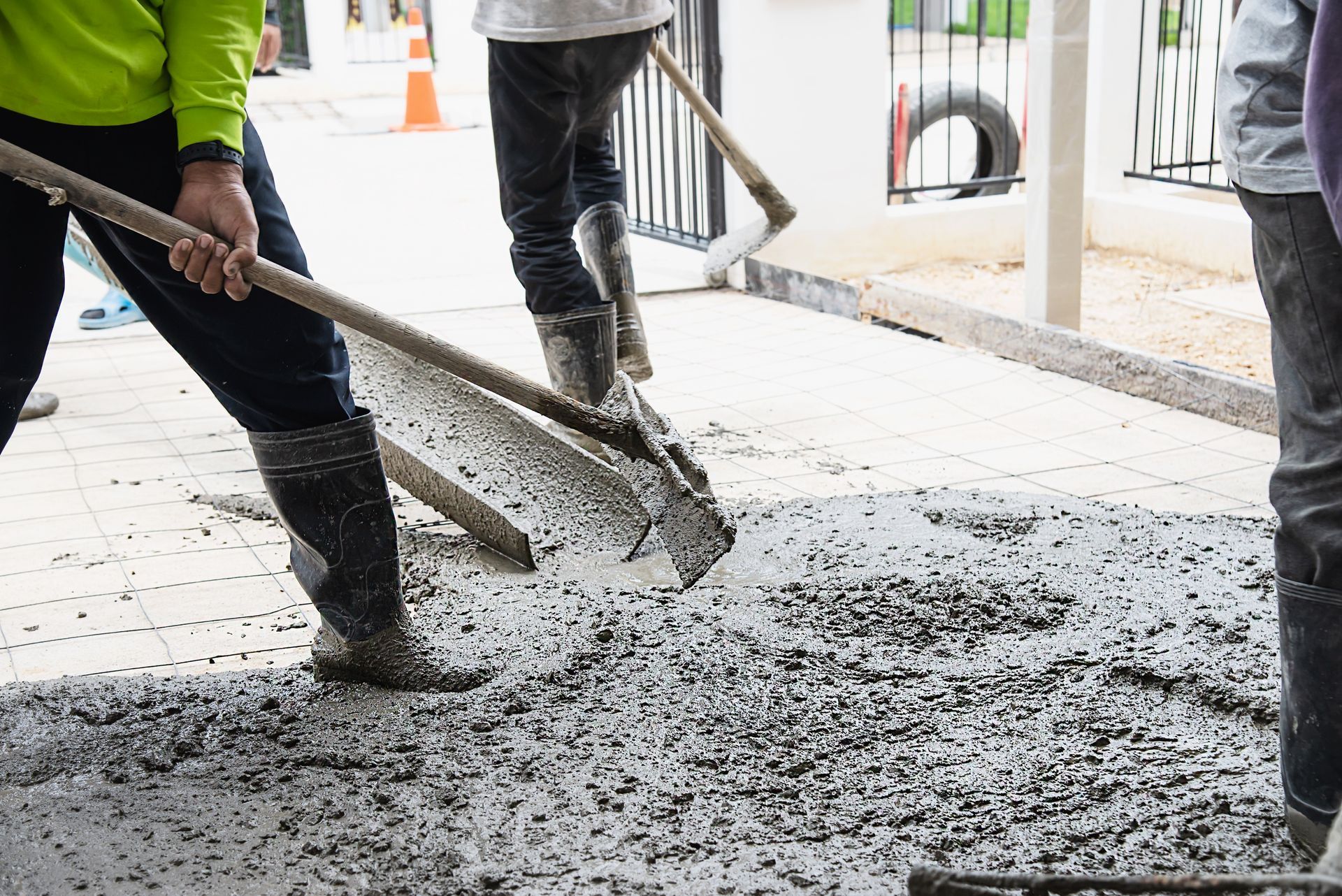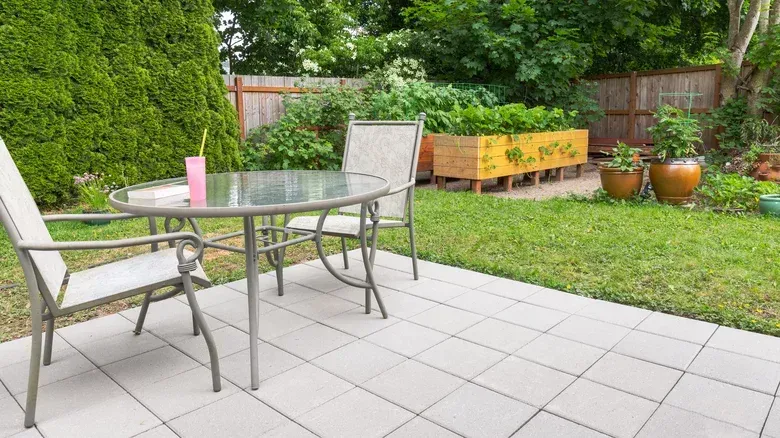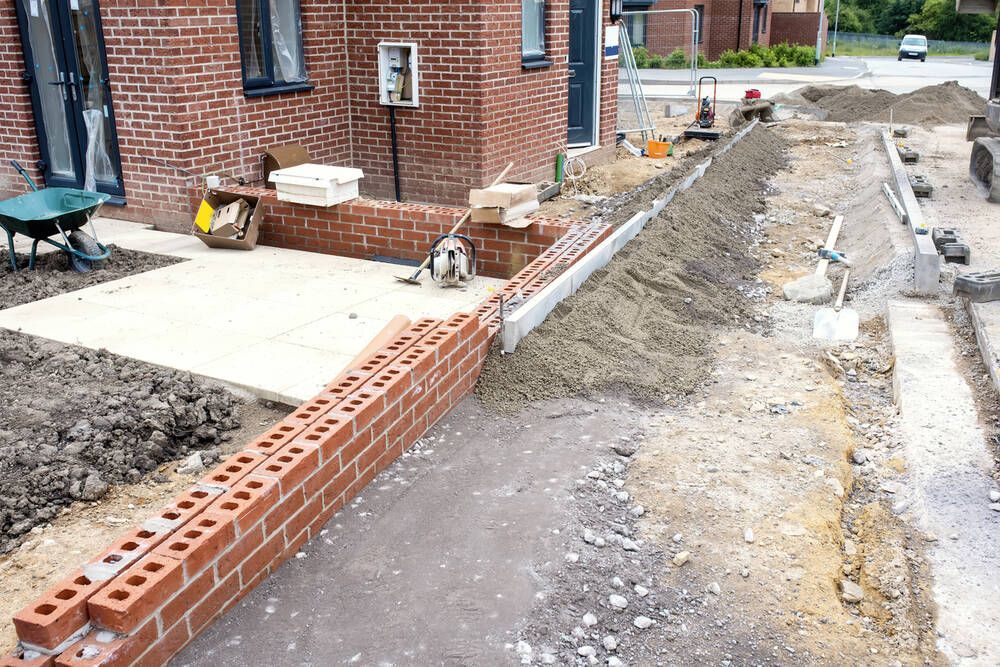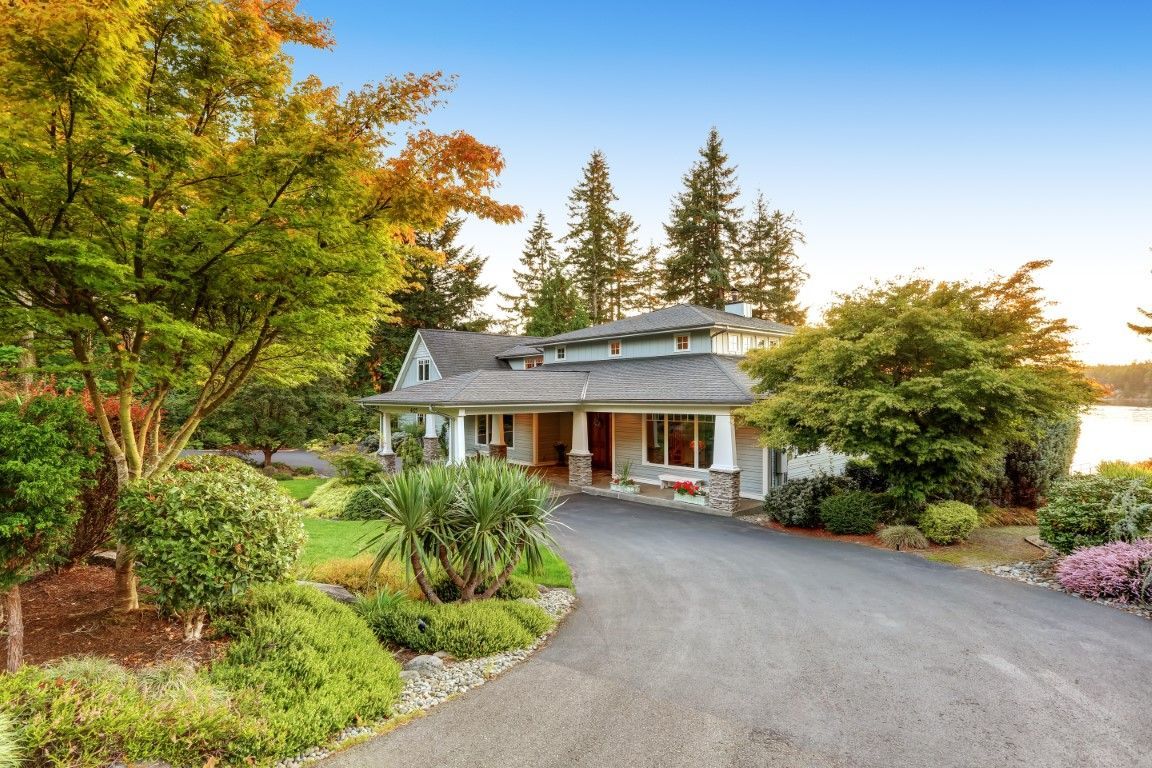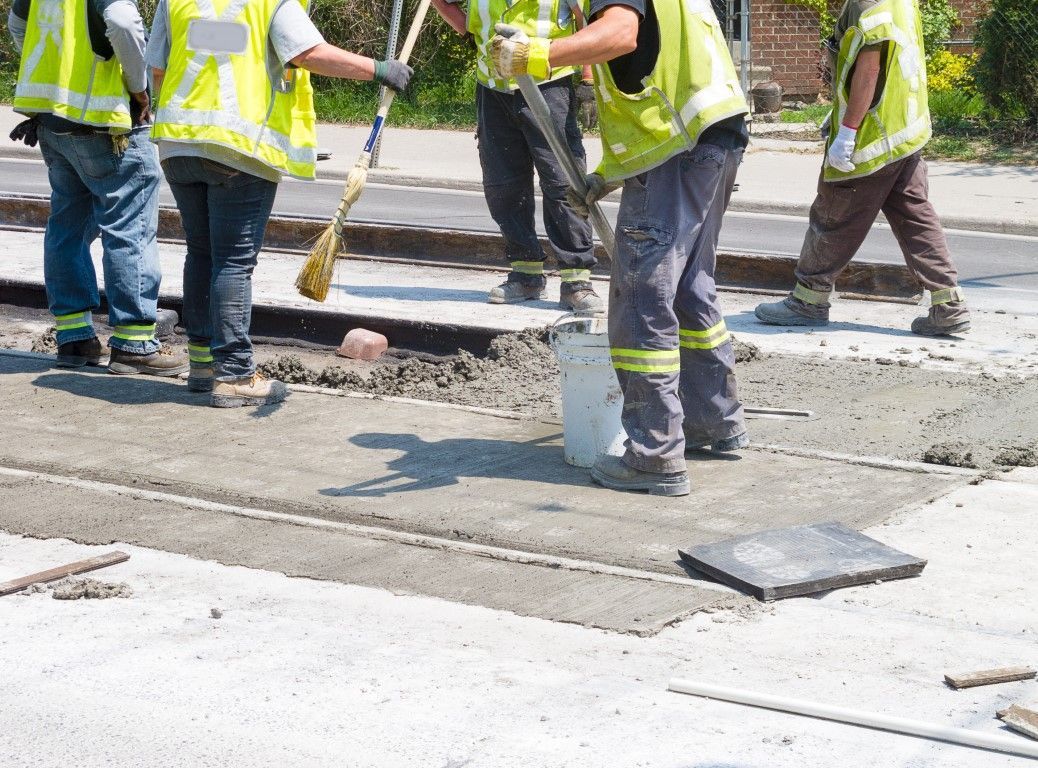Durable Concrete Repair
A Comprehensive Guide to Durable Concrete Repair
Concrete is a widely-used and durable construction material. However, over time, it can develop cracks, spalling, and other forms of damage due to weathering, moisture, and heavy traffic. Repairing damaged concrete is crucial for maintaining its integrity and extending its lifespan. This article explores the process of durable concrete repair, detailing the steps involved in restoring damaged concrete surfaces.
Understanding the Importance of Concrete Repair
Concrete is favored in construction for its strength, durability, and versatility. Nevertheless, it is susceptible to wear and tear. Factors like weathering, moisture, and heavy use can lead to cracks, spalling, and other forms of damage. Repairing damaged concrete is essential for maintaining the structural integrity of buildings and structures, ensuring their safety and longevity.
Assessment: The First Step in Concrete Repair
Repairing damaged concrete begins with assessing the extent of the damage and identifying the cause. This involves examining the affected area to determine the most appropriate repair method. Factors such as the size and location of the damage, as well as the type of concrete used, play a role in choosing the right approach.
Surface Preparation: Ensuring Proper Adhesion
Proper surface preparation is critical for successful concrete repair. This includes cleaning the damaged area to remove dirt, debris, and loose particles that could hinder the adhesion of the repair material. It may also involve roughening the surface to enhance the grip for the repair material.
Crack Repair: Addressing Structural Weaknesses
Cracks in concrete can compromise its structural integrity. Repairing cracks is crucial for preventing further damage and ensuring the long-term stability of the structure. Small cracks can often be filled with a liquid concrete sealer, while larger cracks may require more extensive repair methods, such as epoxy or polyurethane injection.
Spall Repair: Restoring Surface Integrity
Spalling, characterized by the chipping and flaking of concrete surfaces, is common in areas subject to heavy use or exposure to the elements. Repairing spalled concrete involves removing the damaged concrete and applying a new layer or repair mortar to restore the surface to its original condition.
Surface Restoration: Enhancing Appearance and Functionality
Once the damaged area has been repaired, the surface can be restored to its original condition. This may involve applying a new coat of concrete sealer to protect the repair and enhance its appearance. In some cases, a decorative finish may be applied to improve the aesthetics of the repaired area.
Curing: Ensuring Strength and Durability
Proper curing is essential to ensure that the repair material achieves its full strength and durability. This may involve covering the repaired area with plastic sheeting or applying a curing compound to protect it from drying out too quickly.
Protection: Preventing Future Damage
After completing the repair, it is important to protect the area from further damage. This may involve applying a concrete sealer or a protective coating to prevent moisture infiltration and chemical damage.
Durable
concrete repair is crucial for maintaining the structural integrity and longevity of concrete surfaces. By following the correct process of assessment, surface preparation, crack repair, spall repair, surface restoration, curing, and protection, damaged concrete can be effectively repaired and restored to its original condition. Proper maintenance and timely repairs can help extend the lifespan of concrete surfaces and ensure their continued durability.
